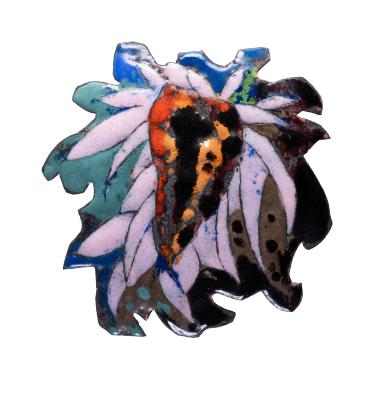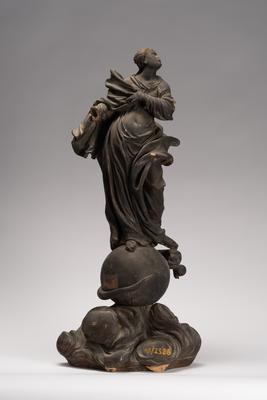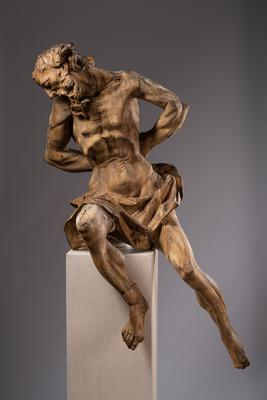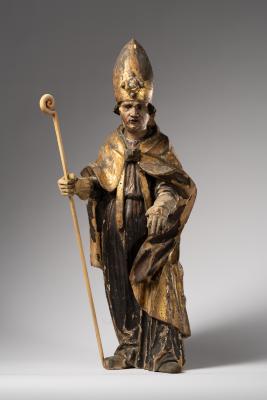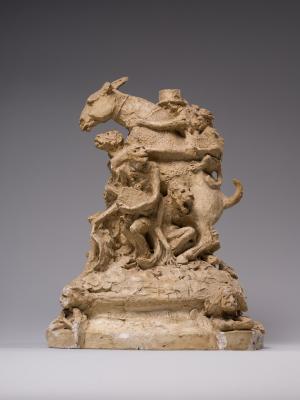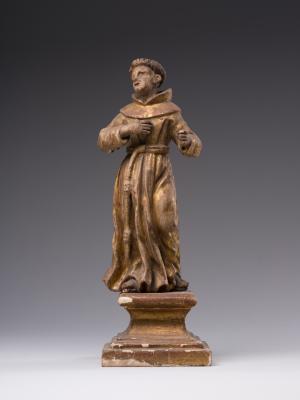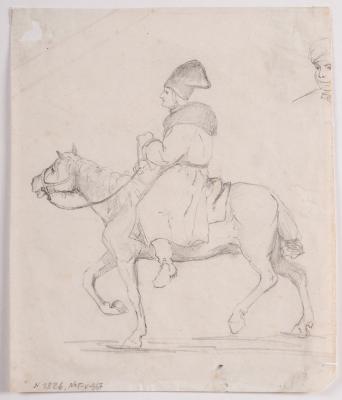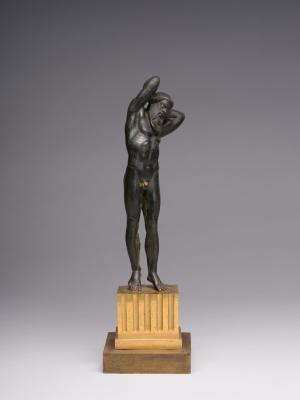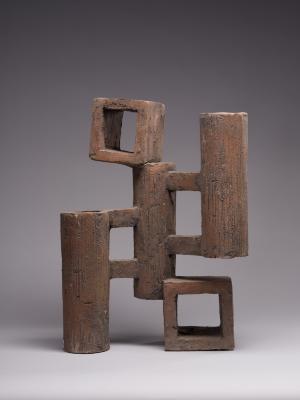The formation of Mykola Hlushchenko's artistic style developed on the ground of European, first of all French, painting of the late 19th and early 20th centuries. Paris, with its various art schools and movements, played a major role in the artist's career. The original "Hlushchenko" style was gradually formed under the influence of the Impressionists Claude Monet and Henri Matisse, the post-Impressionist Paul Cezanne, as well as Pierre Bonnard, a member of the "Nabi" group. The characteristic features of his works were a bold colour, an expressive pattern, as well as brightness and color saturation of the paintings. In his works, Hlushchenko used almost open colors, including spectral or even bright aniline ones. Combining in his palette, at first glance, incompatible things, he went from mechanical mixing of paints to a separate stroke, namely to optical mixing. The colors became "airy", lighter, and less material. Mykola Hlushchenko worked in various genres, but the landscape always remained the most favorite and fruitful theme for him. Hlushchenko himself considered his early works and the works of the last period of his life to be the only worthwhile paintings; the works of the Soviet period were created under the forced influence of Socialist Realism; that is why he asked his relatives to burn the works of that period, personally selecting 250 works for destruction. However, the paintings were saved; they were handed over to museums on the condition that they would never be exhibited.




